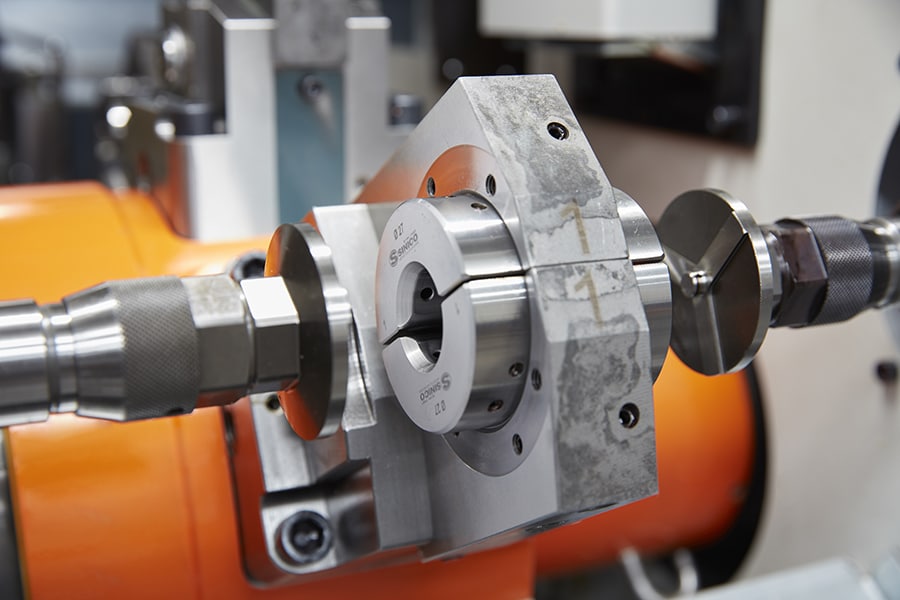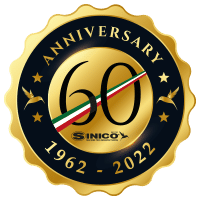Before looking at the most important points in the evolution of CNC and its application to machine tools, let us look at some first definitions. The term machine tool refers to all those machines that transform the size and shape of an object by selective material removal. While CN refers to the programming logic to automate the control of the machine tool.
Initially, the machines were controlled directly by the operators and could perform a limited number of machining operations. Then, with the invention of computers, industrial machinery was also integrated with this type of technology, achieving greater automation in machining. This made production faster and with greater quality control.
First major innovations
The process of machine tool evolution starts in England during the Second Industrial Revolution and proceeds over the centuries through successive innovations, culminating in modern CNC systems. To understand how numerical control came to be introduced into mechanical production, we must look at four technological revolutions, which can be considered real milestones:
- The first machine tool;
- The punched cards;
- The servomechanisms;
- Automatically Programmed Tools.
The first machine tool
The first machine tool was made during the second industrial revolution, in England. At that time, the steam engine was the real driving force behind the economy. However, its inventor, James Watt, immediately encountered difficulties in production. In fact, he could not obtain adequate accuracy for some of the cylinders of his engines. So, in 1775, John Wilkinson, found the solution to the problem by making the first circular boring machine.

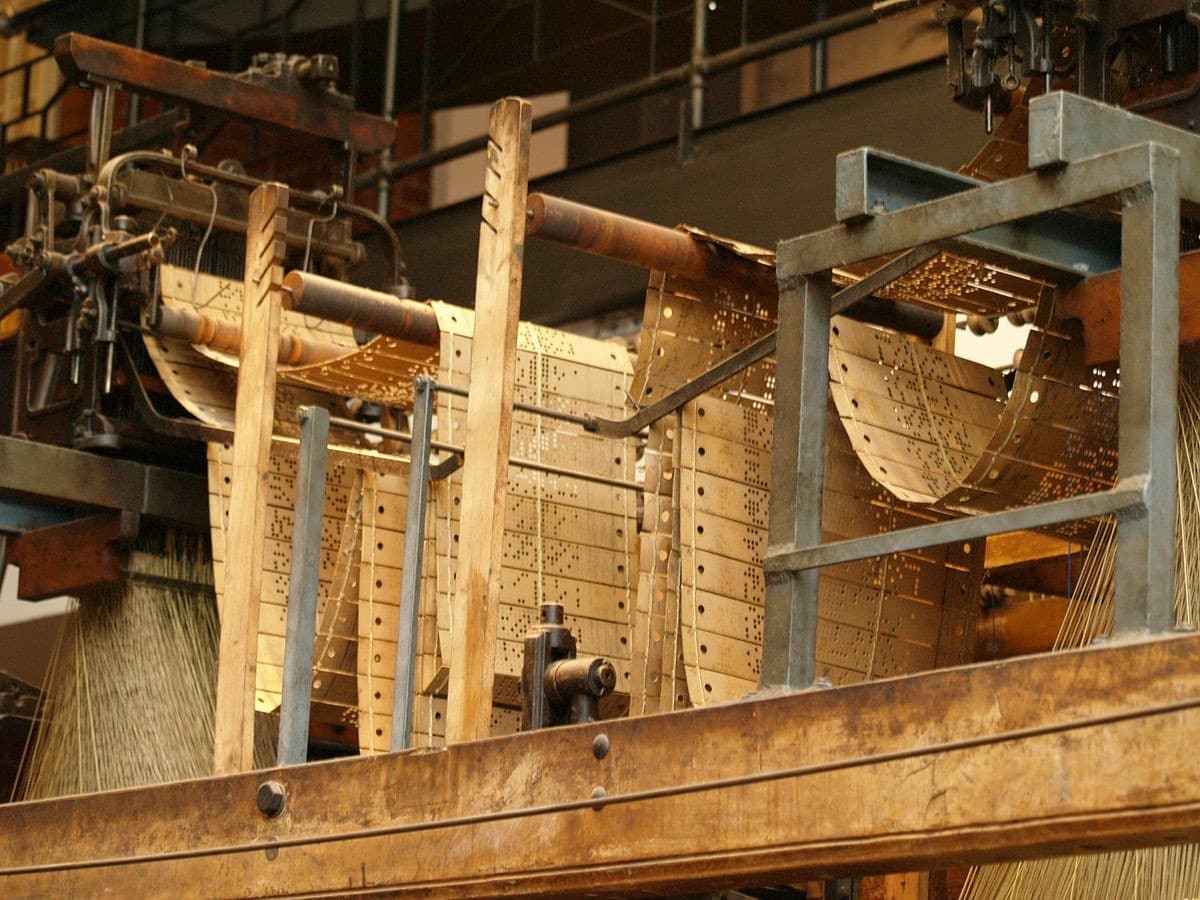
Punched cards
The first traces of CNC date back to 1725, when Joseph Marie Jacquard revised the idea of punched cards. These were first created by a French weaver, Basile Bouchon, who thought of controlling looms by using holes punched in paper tapes to record and transmit information.
This method, although very ingenious, presented two problems: the paper was too fragile and the continuous presence of an operator was required. So Jacquard developed a solution by using a stronger material to make the cards and tied them together, reducing the need for supervision.
About five decades later, Hermann Hollerith made a further contribution by producing an electromechanical punch card tabulator. These two inventions were the basis for the development of modern computer data storage systems.
Servomechanisms
A further step towards automation came with the introduction of the first electronic servomechanism. A servomechanism is a device that, by detecting error feedback, is able to correct the performance of a process. This mechanism soon found wide application in machine tools as it allowed the tolerances required during an automated machining process to be met.
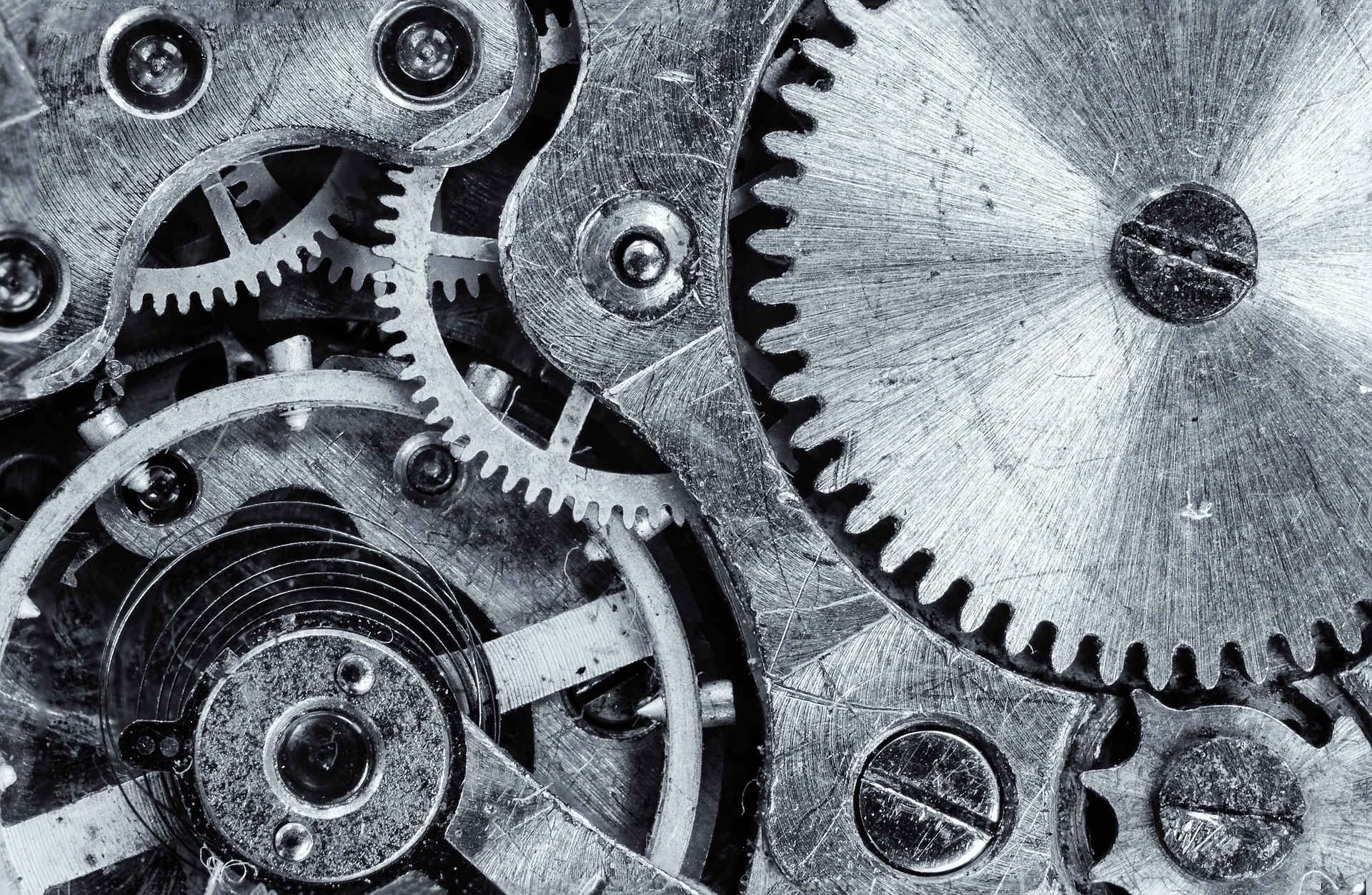
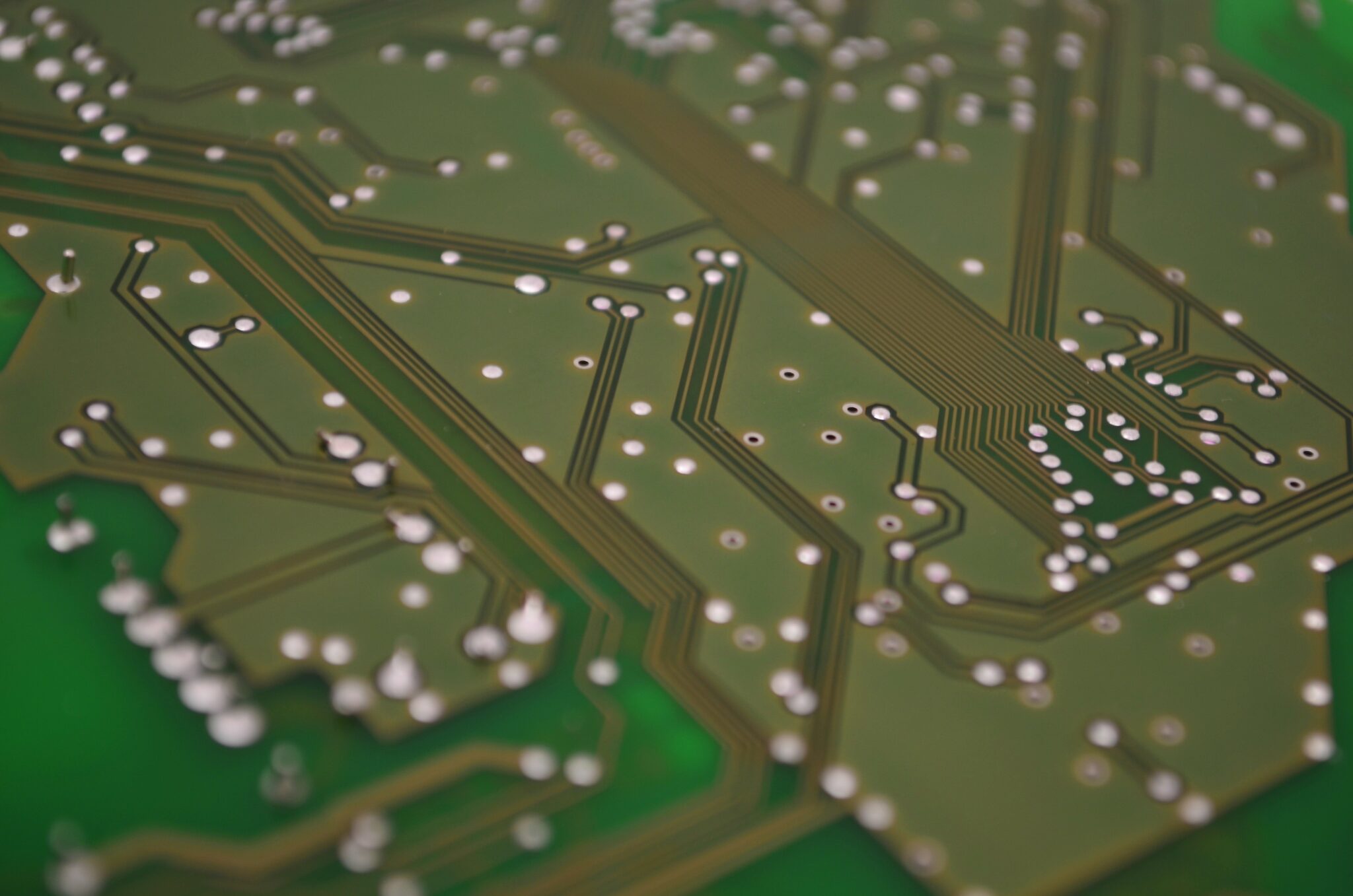
Automatically Programmed Tool
It was born in a research laboratory at the Massachusetts Institute of Technology (MIT) that the last great idea that made the dawn of NC possible. It was there that the programming language called Automatically Programmed Tool (APT) was conceived and written.
This system was based on the geometric definition of the workpiece, the definition of the tool movements required for machining and the automatic calculation of the tool position. By determining these factors, it was possible for the first time to truly programme the work of a machine tool.
The birth of numerical control
The universally recognised father of the NC is John T. Parsons. It was he, in fact, who, working in the family business, conceived and designed it together with the aerospace engineer Frank L. Stulen. The two, while studying the construction of helicopter rotor blades, were the first to use computing methods to solve machining problems.
However, it was only after the servos developed by MIT were also driven by computers that true ‘numerical control’ was realised. Parsons and Stulen’s initial developments involved only calculations and not control: the results of the calculations were provided to human operators who turned the wheels of the machine tool to generate the desired paths
However, it was Parsons who immediately realised the potential of linking computers to machine motors. Thus, on 14 January 1958 he received a patent for a motor-controlled apparatus for positioning a machine tool.
The first part of the CNC story comes to an end. We will soon publish the second and final part of this historical excursus. In the meantime, read more of our articles or take a look at our machines.

